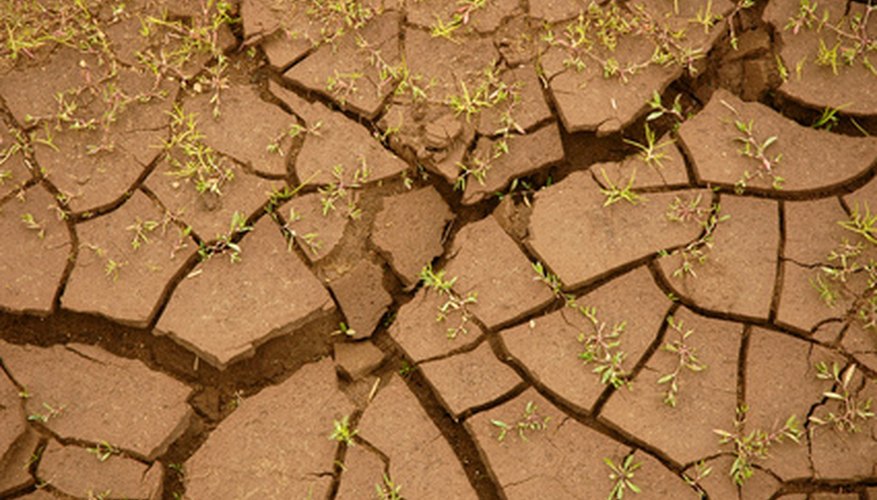Archaeologists use a range of methods to find lost cities, roads and tombs without touching a shovel. One of these is soil-resistivity testing. This process relies on soil moisture and salinity to test resistance to electrical current.
Function
Soil-resistivity meters measure soil's electrical conductivity. They run a small, electrical current into the soil via electrodes, and test how resistant the soil is to conducting that current. Dry, compacted, low-salt soils are generally more resistant than wetter soil.
Methods
Two of the most common procedures for testing soil resistivity are the Wenner and Schlumberger methods. Four electrodes are inserted into the ground -- each 1 m (40 inches) apart -- for the Wenner method. Spacing between the probes is gradually increased with each test. Schlumberger requires following a specific mathematical equation when adjusting the spaces and configuration of each electrode.
- Two of the most common procedures for testing soil resistivity are the Wenner and Schlumberger methods.
- Schlumberger requires following a specific mathematical equation when adjusting the spaces and configuration of each electrode.
Use
In archaeology, soil-resistivity testing is used to find potential excavation sites. Scientists use meters to find and map out man-made areas beneath the surface. Roads and building foundations tend to be dry and compacted, producing high soil resistivity. Covered ditches and trenches have high moisture content, and readily conduct electricity.
- In archaeology, soil-resistivity testing is used to find potential excavation sites.
- Covered ditches and trenches have high moisture content, and readily conduct electricity.
